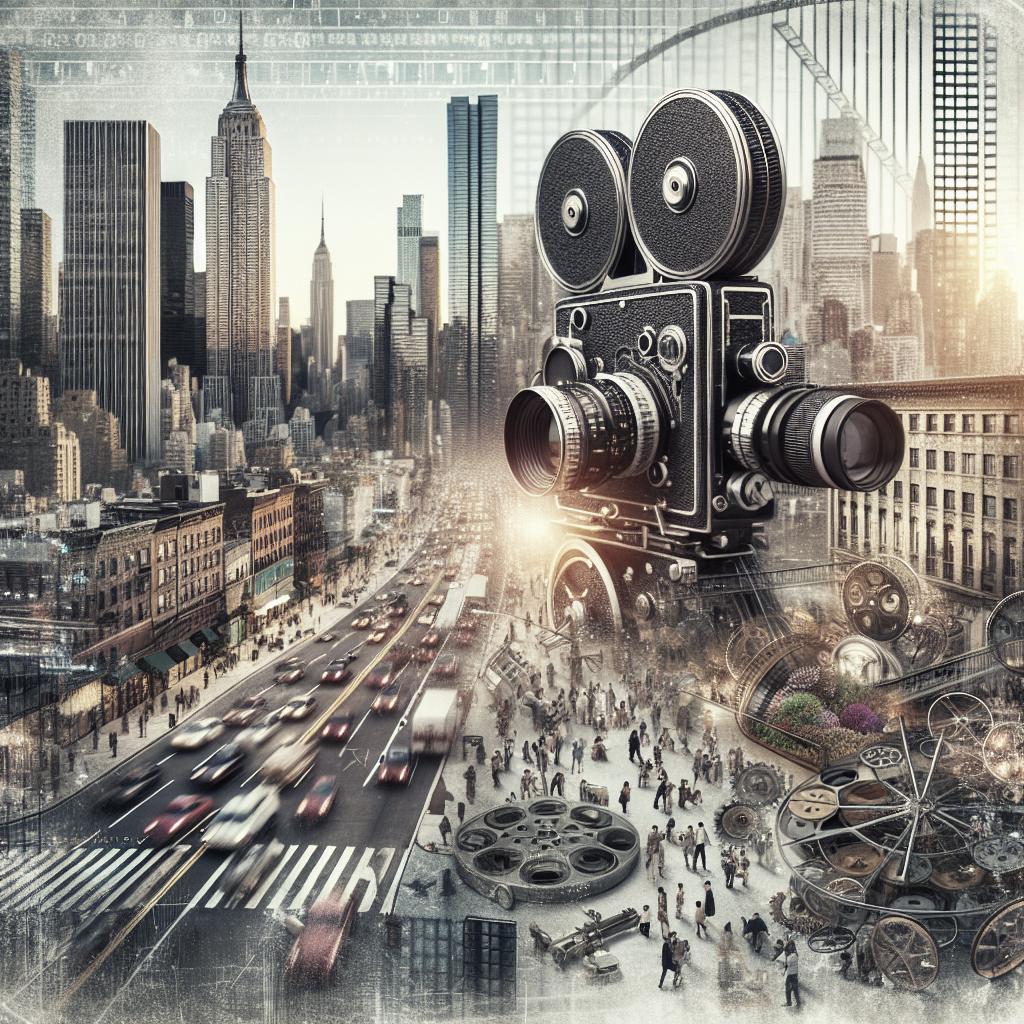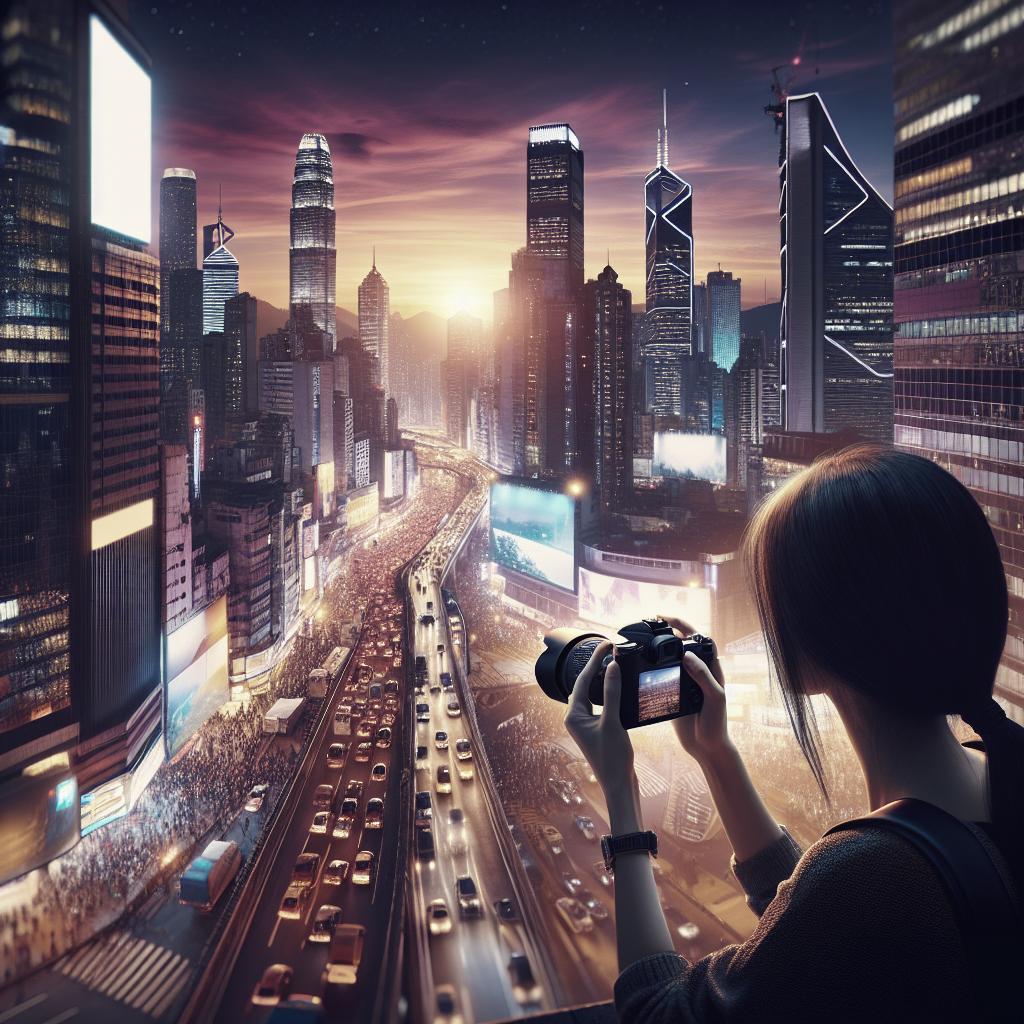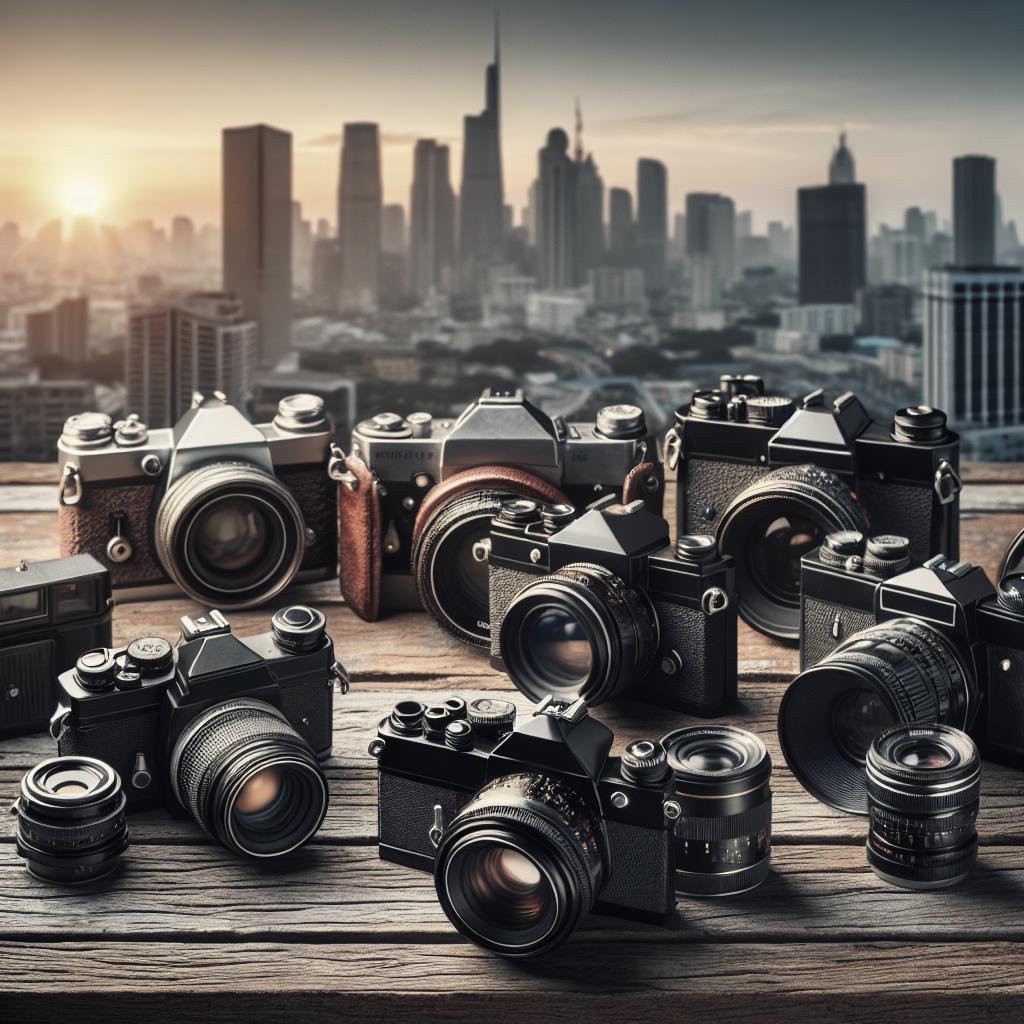<>
“`
Transforming urban videos into visually stunning cinematic masterpieces is an art that combines technical know-how and a creative eye. In this blog post, I’ll guide you through the steps to achieving that cinematic look, from selecting the right tools to mastering post-production techniques. I’ll share my personal journey, explain the importance of shooting in LOG, and dive deep into color grading and FilmConvert. Whether you’re a budding filmmaker or a seasoned videographer, these tips and techniques will help you elevate your urban videos to new heights.
My Journey
When I first started filming urban videos, I was captivated by the raw, vibrant energy of city life. I wanted my videos to reflect that dynamism, but they often fell flat. The footage felt more like home movies than cinematic works of art. Encouraged by my desire to improve, I began researching techniques that professional filmmakers use to create that elusive “cinematic look.”
Through trial and error, I discovered the importance of shooting in LOG, using the right LUTs, and color grading my footage meticulously. Initially, the learning curve was steep, but the results were well worth it. My urban videos transformed from lifeless clips to visually captivating stories. In this post, I’ll share the insights and strategies I picked up along the way.
How I Use FilmConvert
One of the most transformative tools I’ve incorporated into my workflow is FilmConvert. This software plugin emulates the characteristics of various classic film stocks, giving your digital footage a rich, timeless look. It’s designed to work seamlessly with popular editing software like Adobe Premiere Pro and Final Cut Pro, making it accessible for most filmmakers.
FilmConvert offers a range of film stocks to choose from, each with its own unique grain structure and color profile. I usually start by selecting a film stock that complements the mood of my urban scene. After applying the film stock, I’ll fine-tune the exposure, contrast, and color balance to ensure the footage looks natural yet cinematic. The key is to use FilmConvert as a foundation and build upon it with additional color grading to achieve the desired look.
How Do I Start?
Newcomers to filmmaking often feel overwhelmed by the plethora of tools and techniques available. If you’re just starting, don’t worry; begin with the basics. Start by investing in a decent camera that supports shooting in LOG format, as this will offer you greater flexibility in post-production. Urban environments are full of variables such as different lighting conditions, so having a good camera helps capture a wider dynamic range.
Next, familiarize yourself with video editing software. Adobe Premiere Pro and Final Cut Pro are industry standards, but even free programs like DaVinci Resolve are incredibly powerful. Learning to navigate these tools will allow you to experiment with different editing techniques and understand their impact on your footage.
Why Should you Shoot in LOG?
Shooting in LOG is a game-changer for achieving a cinematic look. LOG profiles offer a flat color profile that captures the widest possible dynamic range from your camera sensor. This means more detail in the shadows and highlights, which gives you greater flexibility in post-production. The flat profile may initially look washed out, but it will pay dividends when you start color grading.
The ability to retain more data in your footage allows you to push the colors further during editing without degrading the image quality. This latitude is especially important in urban settings where lighting conditions can vary drastically, from bright sunlit streets to dimly lit alleyways. Shooting in LOG ensures you have the best starting point for color grading, enabling you to craft that cinematic look.
Why is color grading important?
Color grading is where the magic happens. It’s the process of tweaking the colors, contrast, and overall look of your footage to evoke a particular mood or feeling. In urban filmmaking, color grading can transform a mundane cityscape into a visually stunning piece of art by highlighting the textures, colors, and ambiance of the scene.
Effective color grading helps to create a consistent look throughout your video, which is crucial for storytelling. Whether you aim for a warm, nostalgic vibe or a cold, dystopian feel, color grading helps achieve that vision. By using tools like LUTs (Look Up Tables) and fine-tuning the settings in your editing software, you can take full control over the aesthetic of your urban videos, making them more engaging and professional.
Final Thoughts
Achieving the cinematic look in urban videos requires a blend of technical skill and creative vision. By shooting in LOG, using powerful tools like FilmConvert, and mastering the art of color grading, you can transform everyday city scenes into compelling visual stories. Whether you’re filming for a passion project or professional work, these techniques will help elevate the quality of your videos.
Final Thoughts
| Step | Description |
|---|---|
| My Journey | Personal experiences and initial challenges in achieving a cinematic look. |
| How I Use FilmConvert | Using FilmConvert for film stock emulation and initial color grading. |
| How Do I Start? | Steps for beginners, including equipment and software recommendations. |
| Why Should you Shoot in LOG? | Benefits of shooting in LOG format for better post-production flexibility. |
| Why is color grading important? | The role of color grading in achieving a consistent and cinematic look. |
“`


